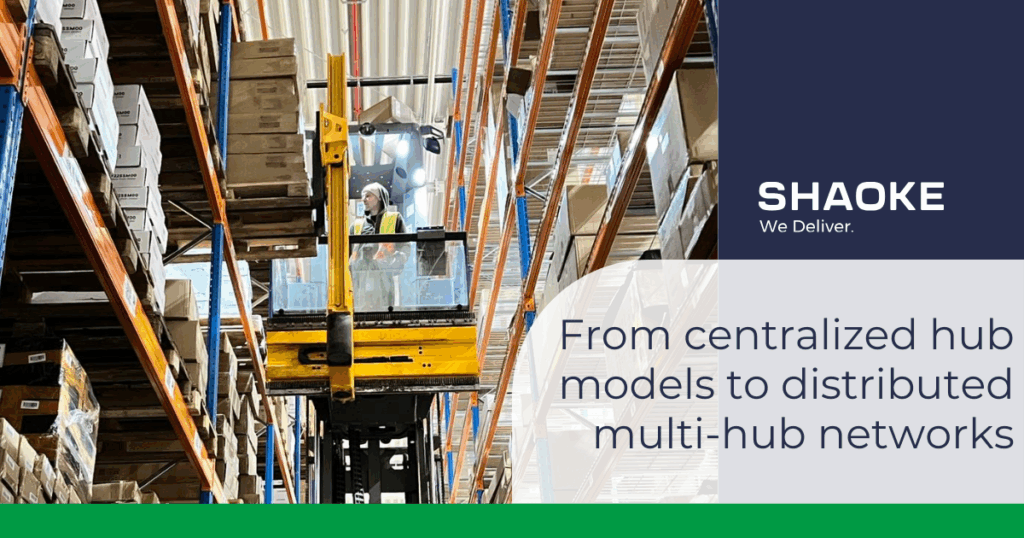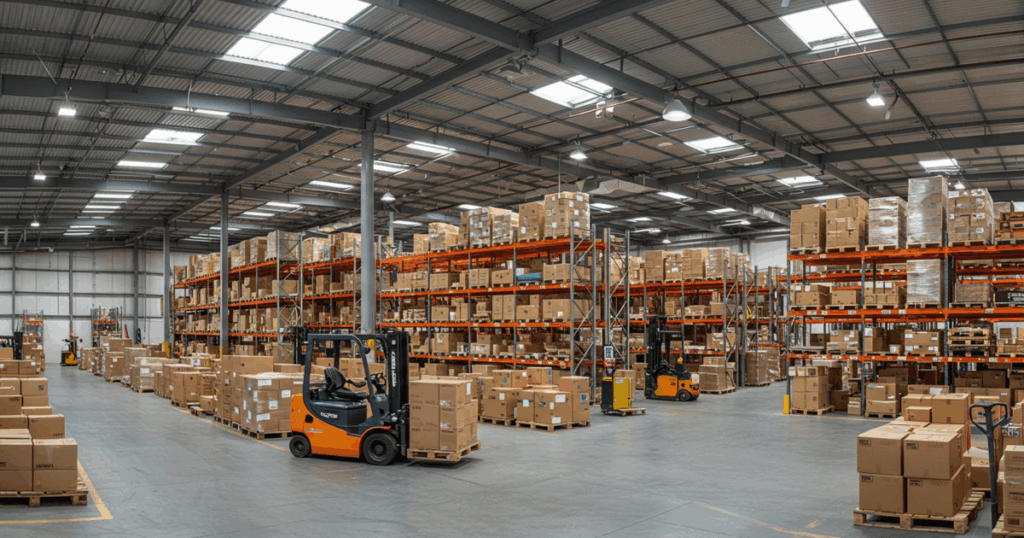
For decades, many logistics networks in Europe have relied on a single-hub model, with goods entering and clearing primarily through the Netherlands, Belgium, or Germany. This approach made sense in an era of relatively stable trade flows and predictable customs rules, offering efficiencies of scale and simplified operations. However, this model is becoming increasingly risky as regulatory, infrastructural, and market conditions evolve.
One of the most pressing changes is regulatory. The European Commission is rolling out Import Control System 2 (ICS2), Release 3, scheduled for September 2025. This requires advanced Entry Summary Declarations (ENS) not only for air cargo, as in earlier phases, but also for sea, road, and rail. According to the European Commission’s Directorate-General for Taxation and Customs Union (2025), any delays or errors in a single hub could prevent cargo from entering the EU at all. For companies that rely solely on one gateway, the stakes are now much higher.
Infrastructure pressures reinforce this challenge. Port congestion in Northern Europe has reached levels comparable to the disruptions seen during the COVID-19 pandemic. A report by Drewry, cited in the Brussels Times (May 2025), found that berth waiting times in Antwerp increased by 37 percent between March and mid-May 2025, while Hamburg rose by 49 percent and Bremerhaven by 77 percent. The Financial Times (June 2025) noted that European ports are facing their worst congestion since the pandemic, exacerbated by low Rhine water levels, labor shortages, and shifts in vessel alliances. A single chokepoint strategy is clearly vulnerable in this environment.

Shifts in global sourcing patterns further complicate reliance on a single hub. QIMA (2024) reported that nearshoring has grown to account for about 15 percent of EU buyer sourcing, with Turkey and Eastern Europe becoming increasingly important suppliers. At the same time, rail freight between China and Europe surged by more than 130 percent in 2024, according to data analyzed by Upply (2025). These shifts mean that certain flows no longer naturally align with traditional Northern European hubs, making distributed entry points more efficient.
The response from major e-commerce players illustrates this trend. Shein has built parallel hubs in Poland and Italy in addition to its Irish base, while Temu has publicly committed to fulfilling up to 80 percent of its European orders from local warehouses (EcommerceNews.eu, 2025). These companies are not simply adding redundancy; they are restructuring their networks to reflect a new reality. The same logic applies to mid-sized logistics providers, who can no longer treat multi-hub setups as optional.
What Companies Should Consider
Audit trade flows from the past year to identify recurring bottlenecks and lead time risks.
Prepare for ICS2 compliance by ensuring full ENS data readiness across all entry points.
Distribute inventory intelligently, placing fast movers in multiple hubs and consolidating slow movers centrally.
Automate diversion rules to reroute shipments quickly when congestion occurs.
Test resilience regularly, simulating switchover scenarios on a quarterly basis.
References
- Brussels Times (2025). “Port congestion worsens in Antwerp, Hamburg, Bremerhaven.”
- Drewry Shipping Consultants, cited by myKN (2025). “Europe Container Port Congestion Update.”
- European Commission (2025). Directorate-General for Taxation and Customs Union. “ICS2 Release 3 Guidance.”
- Financial Times (2025). “Europe’s ports face worst congestion since pandemic.”
- QIMA (2024). “Sourcing trends: Nearshoring in Europe.”
- Upply (2025). “China–Europe rail freight volume report.”
- EcommerceNews.eu (2025). “Temu and Shein expand European logistics footprint.”
- Port Technology International (2025). “Port of Antwerp throughput report.”

